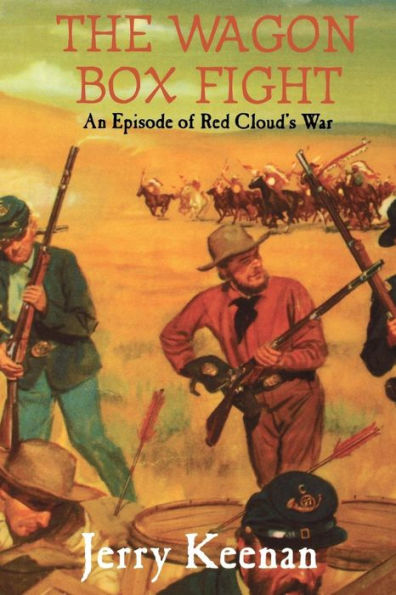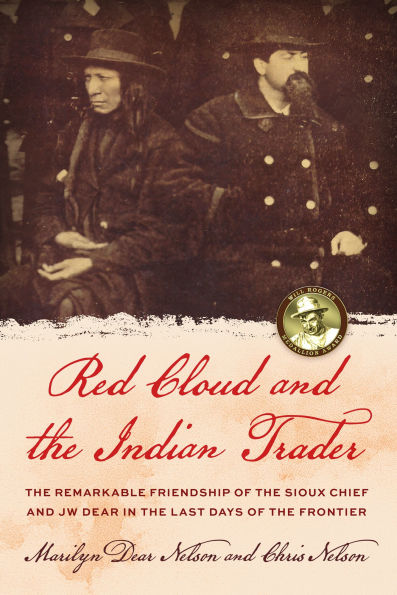Home
Red Cloud at Dawn: Truman, Stalin, and the End of Atomic Monopoly
Barnes and Noble
Red Cloud at Dawn: Truman, Stalin, and the End of Atomic Monopoly
Current price: $28.00


Barnes and Noble
Red Cloud at Dawn: Truman, Stalin, and the End of Atomic Monopoly
Current price: $28.00
Size: Paperback
Loading Inventory...
*Product information may vary - to confirm product availability, pricing, shipping and return information please contact Barnes and Noble
A
NEW YORK TIMES BOOK REVIEW
EDITORS' CHOICE
Following the trail of espionage and technological innovation, and making use of newly opened archives, Michael D. Gordin provides a new understanding of the origins of the nuclear arms race and fresh insight into the problem of proliferation.
On August 29, 1949, the first Soviet test bomb, dubbed "First Lightning," exploded in the deserts of Kazakhstan. This surprising international event marked the beginning of an arms race that would ultimately lead to nuclear proliferation beyond the two superpowers of the Soviet Union and the United States.
With the use of newly opened archives, Michael D. Gordin folows a trail of espionage, secrecy, deception, political brinksmanship, and technical innovation to provide a fresh understanding of the nuclear arms race.
NEW YORK TIMES BOOK REVIEW
EDITORS' CHOICE
Following the trail of espionage and technological innovation, and making use of newly opened archives, Michael D. Gordin provides a new understanding of the origins of the nuclear arms race and fresh insight into the problem of proliferation.
On August 29, 1949, the first Soviet test bomb, dubbed "First Lightning," exploded in the deserts of Kazakhstan. This surprising international event marked the beginning of an arms race that would ultimately lead to nuclear proliferation beyond the two superpowers of the Soviet Union and the United States.
With the use of newly opened archives, Michael D. Gordin folows a trail of espionage, secrecy, deception, political brinksmanship, and technical innovation to provide a fresh understanding of the nuclear arms race.













